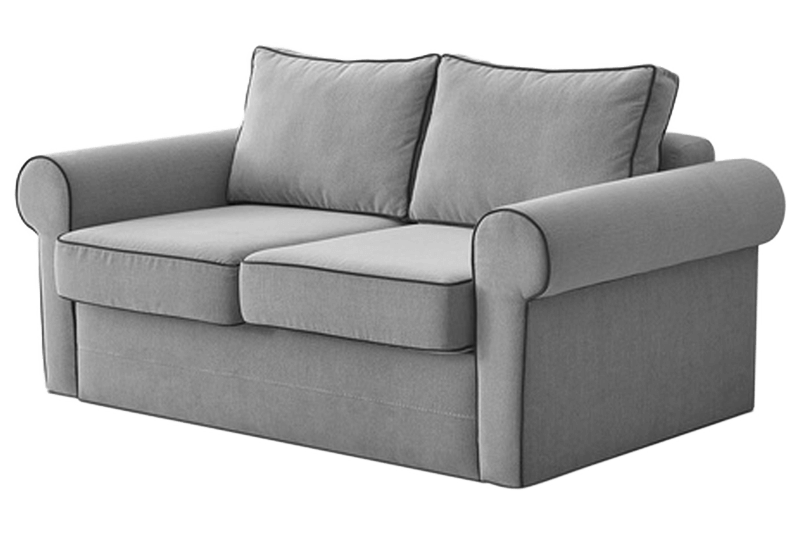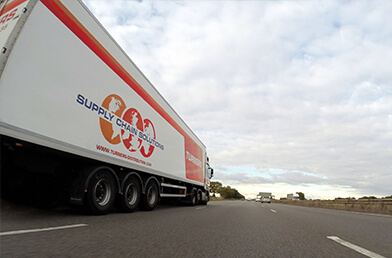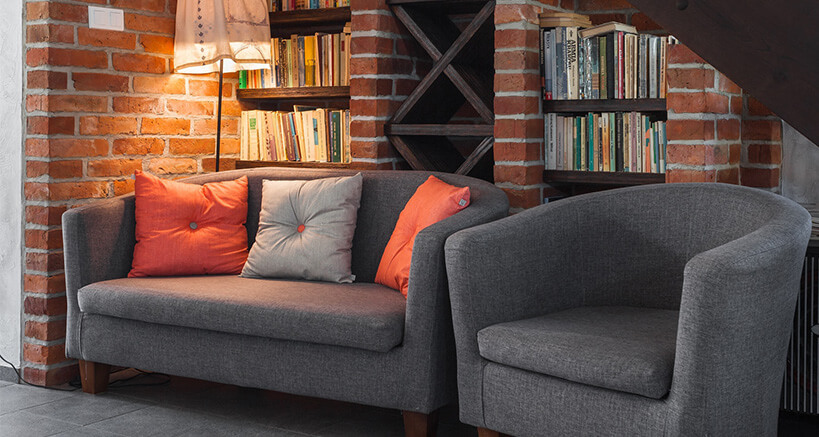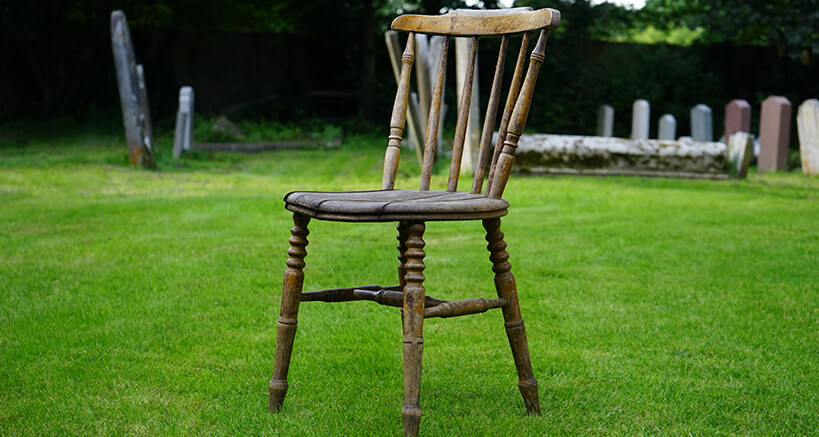A konyha divatot teremt! Konyhakiállítás 2014-ben is! 2014. február 28. és március 2. között a Papp László Budapest Sportaréna biztosít helyet hazánk legnagyobb tematikus konyhakiállításának.A kiállításon és vásáron megtalálható lesz minden olyan esz
Az Albertina Múzeum nem csupán a világ legnagyobb és legértékesebb grafikai gyűjteményeinek egyikével rendelkezik, melyben olyan művek kapnak helyet, mint Dürer „Mezei nyúl” grafikája vagy Klimt nőtanulmányai. Új kiállítási gyűjteménye modern mesterm
Konyhakiállítás belépő nyertesek Köszönjük szépen a játékot, és a sok hozzászólást. Sok szeretettel gratulálok a kisorsolt nyerteseknek, akik megnyerték a március 1-3. között megrendezésre kerülő Konyhakiállításra szóló páros belépőket: 1. Kaló Dorot
Értesítjük Pápa város lakosságát, hogy Pápa Város Önkormányzata illetékességi területén a Belügyminisztérium Országos Katasztrófavédelmi Főigazgatóság Gazdasági Ellátó Központjának megbízása alapján a PMG Szúnyogkontroll Konzorcium, mint kivitelező,
Ez a weboldal cookie-kat használ, a további böngészéssel hozzájárul a cookie-k alkalmazásához. További tájékoztatást a weboldalunkon megtalálható Adatkezelési tájékoztatóban olvashat.
Az akció október 30-tól november 27-ig bankszámlánkra beérkezett éves előfizetési díjra érvényes. A kiállítás 2020. február 16-ig tekinthető meg, a belépő értéke 3800 Ft. A kiállításról bőven információt ITT talál. A belépőt postai úton juttatjuk el
Praktikus információk. Belépő: a belépés 6 éves korig ingyenes! A jegyekkel kapcsolatban minden információt megtalálsz a jegyek oldalon. A helyszínen belépőjegy a Budapest Aréna Jegypénztárban vásárolható (külön épület a Stadionok metrómegálló közelé
A kiállítás része a szabadkéményes, korhűen berendezett konyha a pitvarral együtt. Az 1700-as évek közepe táján épített ispánház konyhája bekötött szemmel is megtalálható, mivel a több, mint kétszáz éves korom szaga elárulja hollétét. Berendezései eg
A megújult HUNGEXPO Budapest Kongresszusi és Kiállítási Központ európai színvonalú környezetet kínál a kiállítóknak, konferencia szervezőknek és a látogatóknak.
Finom illat fogadja a Konyhakiállításra belépő látogatókat, amely rögtön kedvet csinál ahhoz, hogy mindenki eljátsszon a gondolattal, milyen lenne egy új konyha, új gépekkel. Látványos, épített standok várják a vendégeket, ahol mindenki felteheti a k
















